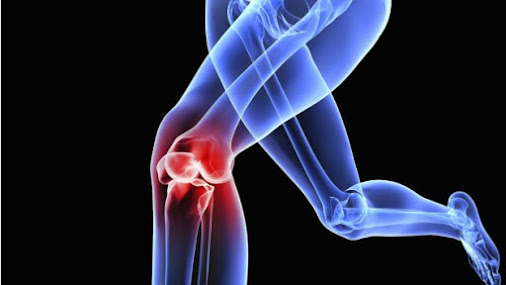Best knee Replacement Surgeon in India
What happens in knee replacement surgery ?
A total knee replacement surgery replaces the damaged bearing surfaces in your knee that are causing pain. At the lower end of the femur, the bone is trimmed to accept a specially shaped metal component and the upper end of the tibia likewise is trimmed to accept a metal tray. Into this tray will be fitted a plastic bearing.
The metal components can be secured to the cut bone surfaces by the surgeon's choice of bone cement or a non-cement method called "bone ingrowth". The majority of knee replacements are generally cemented into place. This is one option you can ask your surgeon about.
The outer surface of the femoral component is shaped to allow the kneecap to slide up and down in its groove. The surgeon may choose to retain the natural kneecap or re-surface it. You can ask your surgeon about this. "Will you be replacing my kneecap or retaining it?
The Cruciate Ligaments are major ligaments inside the knee. They provide support to and stablize the movement of the knee. In total knee replacement surgery, the CL can be kept or removed and this choice depends on their condition, the type of knee implant or the type of surgery the surgeon likes to do. This is another option you can ask your surgeon about.
Sometimes the deterioration of the knee joint is such that total knee replacement can be avoided and your surgeon may suggest resurfacing or partially replacing components of your arthritic knee. Preserving healthy bone stock is especially important to younger and more active individuals. In the last section of this article, we will talk about when a total knee replacement may not be necessary.
Welcare Hospital is a Best knee Replacement Surgeon in India and specialist in knee Replacement Surgery in India specialization in Hip Replacement, Knee Replacement.
A total knee replacement surgery replaces the damaged bearing surfaces in your knee that are causing pain. At the lower end of the femur, the bone is trimmed to accept a specially shaped metal component and the upper end of the tibia likewise is trimmed to accept a metal tray. Into this tray will be fitted a plastic bearing.
The metal components can be secured to the cut bone surfaces by the surgeon's choice of bone cement or a non-cement method called "bone ingrowth". The majority of knee replacements are generally cemented into place. This is one option you can ask your surgeon about.
The outer surface of the femoral component is shaped to allow the kneecap to slide up and down in its groove. The surgeon may choose to retain the natural kneecap or re-surface it. You can ask your surgeon about this. "Will you be replacing my kneecap or retaining it?
The Cruciate Ligaments are major ligaments inside the knee. They provide support to and stablize the movement of the knee. In total knee replacement surgery, the CL can be kept or removed and this choice depends on their condition, the type of knee implant or the type of surgery the surgeon likes to do. This is another option you can ask your surgeon about.
Sometimes the deterioration of the knee joint is such that total knee replacement can be avoided and your surgeon may suggest resurfacing or partially replacing components of your arthritic knee. Preserving healthy bone stock is especially important to younger and more active individuals. In the last section of this article, we will talk about when a total knee replacement may not be necessary.
Welcare Hospital is a Best knee Replacement Surgeon in India and specialist in knee Replacement Surgery in India specialization in Hip Replacement, Knee Replacement.



Comments
Post a Comment